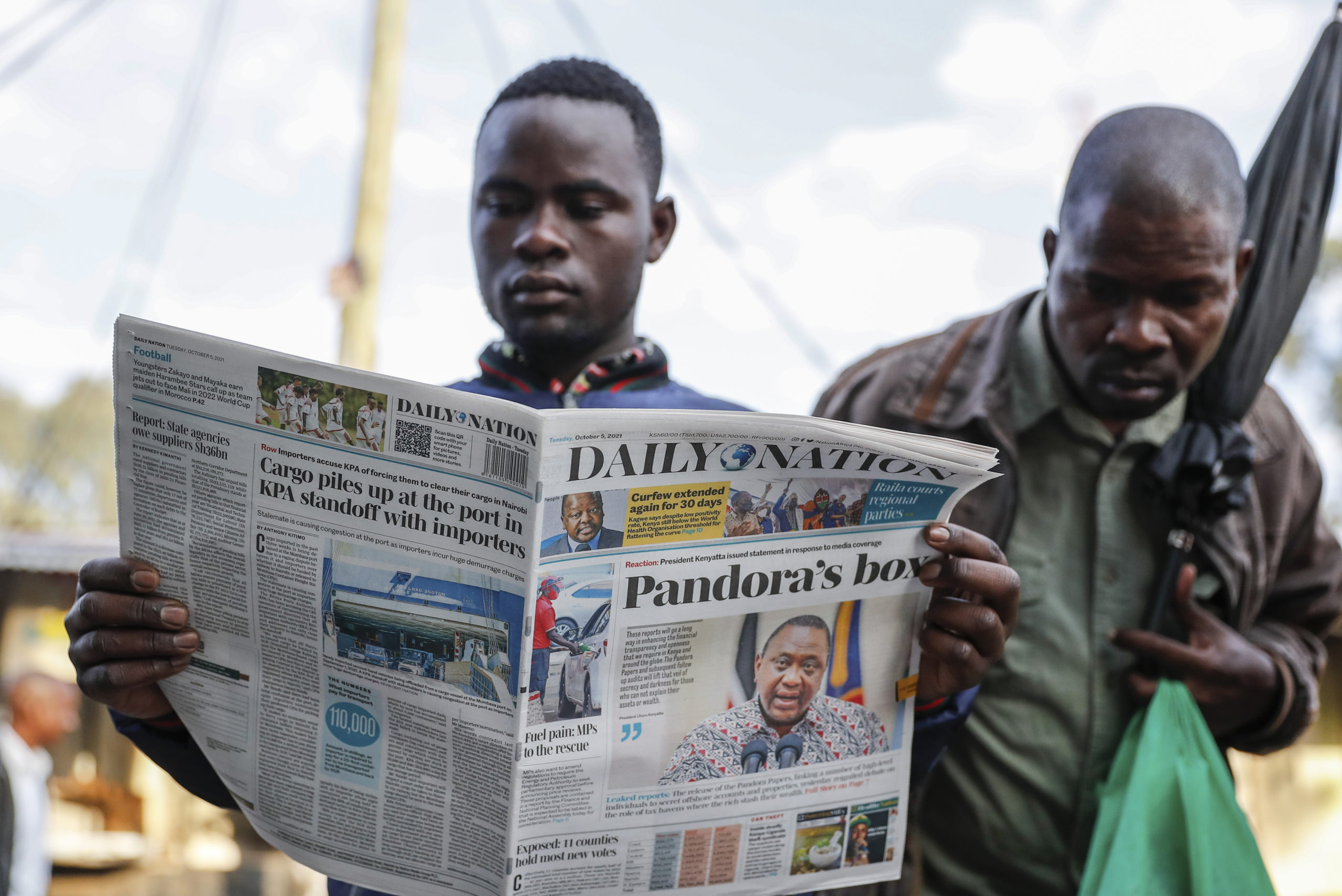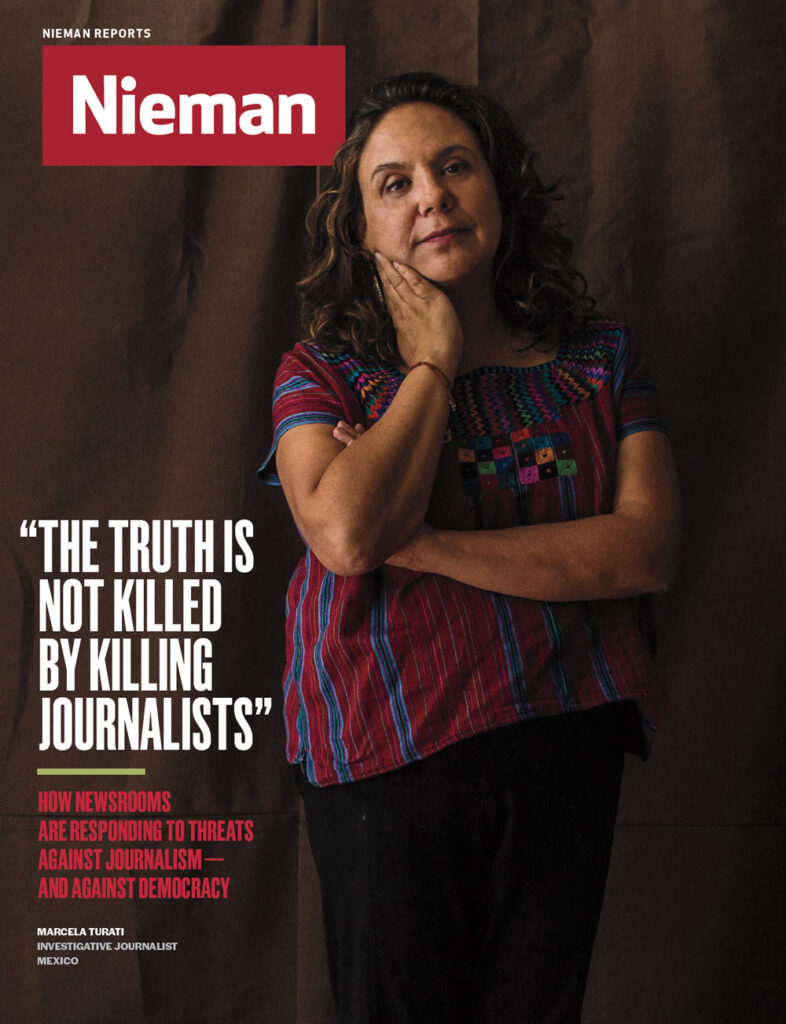Reuben Fischer-Baum, NF ’22, on his ‘slice’ of the Pandora Papers
I’m a graphics editor at The Washington Post, which means that I lead a team that creates visuals like maps and data visualizations, as well as custom interactive web pages. In 2021, my beat was business and technology, so I was looped into the Pandora Papers — a cache of nearly 12 million leaked records from 14 different offshore service providers — to find opportunities where graphics could help elucidate the investigation.
The Pandora Papers were a challenge to analyze because of the sheer breadth of information. The Panama Papers, for comparison, came from a single provider and were more easily indexed. That meant that it was difficult to tackle some of the summary questions that we were initially interested in, like: How many properties in Manhattan are held in these sorts of offshore trusts? Every entity in the documents had to be individually reported out. We ended up taking a few visual approaches. Our most important graphic let readers scroll through an animated explanation of what trusts are, how they work, and what secrecy the Pandora Papers was piercing. This helped clarify some of the jargon that is critical for understanding these sorts of financial investigations but can often leave readers cold.
A few other avenues were fruitful: We were able to identify and map luxury properties held in shell companies controlled by King Abdullah II of Jordan. We counted pieces of art stolen from Cambodia and hidden behind trusts, making their way to museums around the world. And we created contextual graphics so readers could understand the size and scope of the leak itself.
Large investigations like the Pandora Papers are a group effort, and in the end about 60 journalists from The Washington Post alone worked on this project. I myself had to hand off the graphic coverage when my Nieman fellowship began. Our work was just one slice of the storytelling, but it was part of a rich package that elevated these stories for our readers




